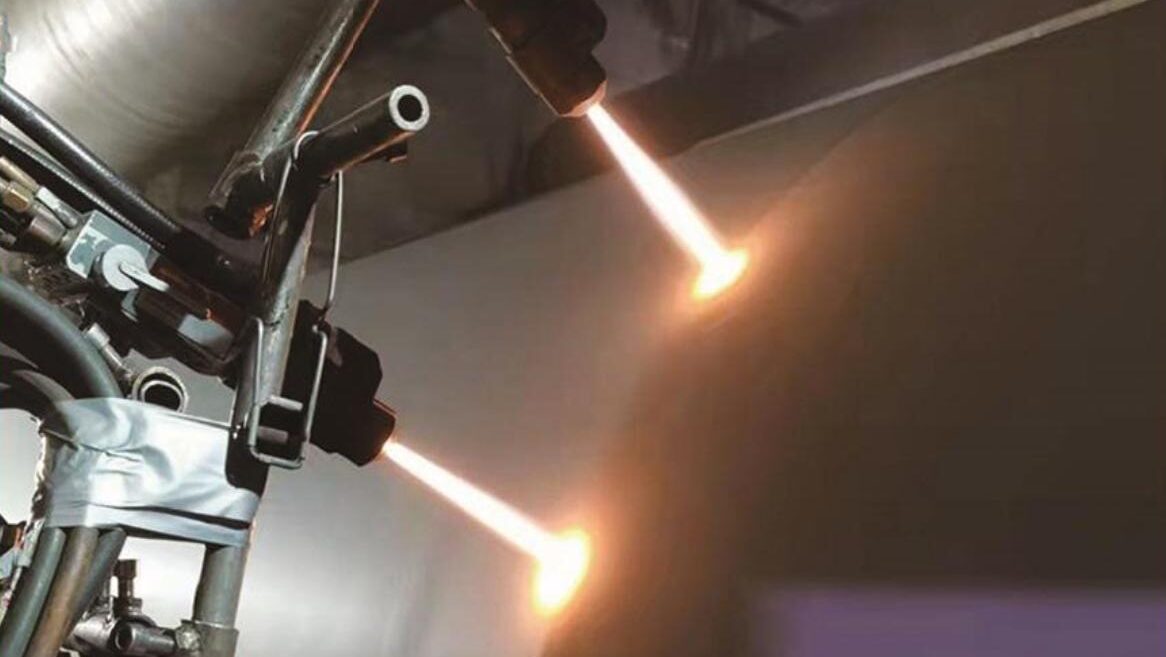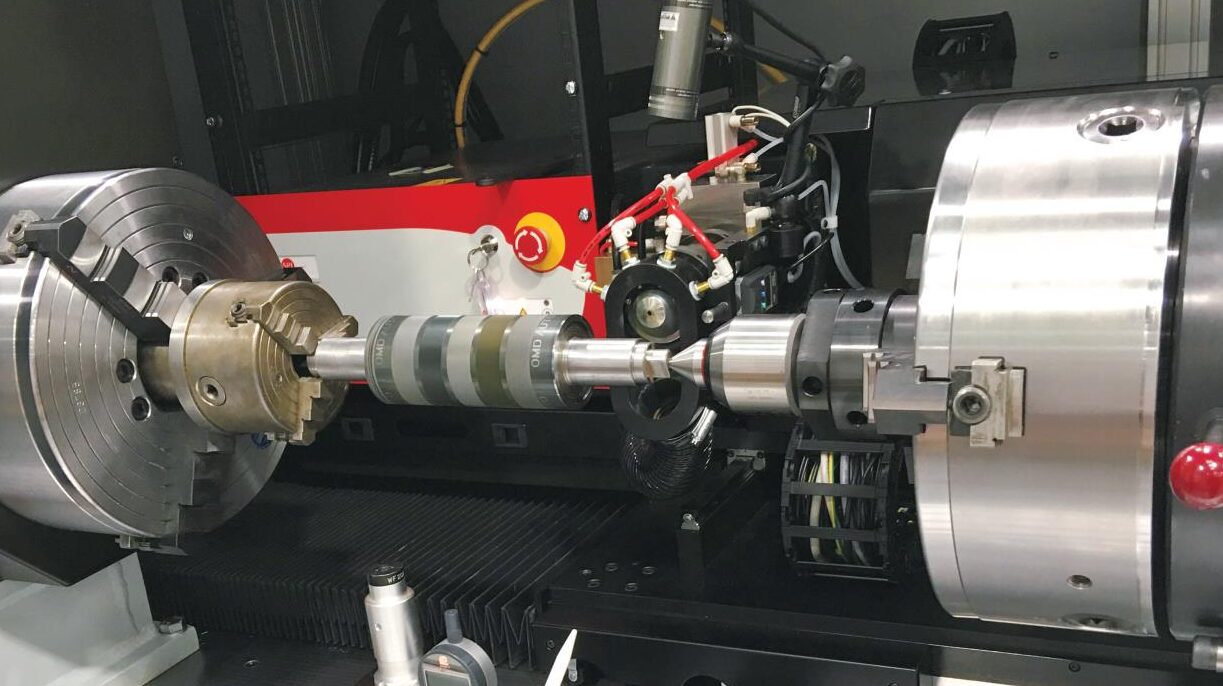Electromagnetic Induction Heating Roll achieves precise temperature control (±0.05°C) and 95% thermal efficiency for continuous industrial processing.
Electromagnetic Induction Heating Roll
What is an Electromagnetic Induction Heating Roll?
The Electromagnetic Induction Heating Roll is a cylindrical roller designed for continuous industrial material processing. Its key feature is the ability to generate its own heat.
This Electromagnetic Induction Heating Roll operates on electromagnetic induction. A coil inside the roller body creates an electromagnetic field. This field cuts the metal roller surface. Cutting the magnetic lines induces electrical currents within the roller’s surface layer. These currents produce Joule heat. This heat warms the roller body itself.
The heated roller surface then exchanges heat with the processed material. A closed-loop temperature control system is essential. It precisely maintains the roller body at its designated working temperature. This Electromagnetic Induction Heating Roll ensures consistent thermal processing.
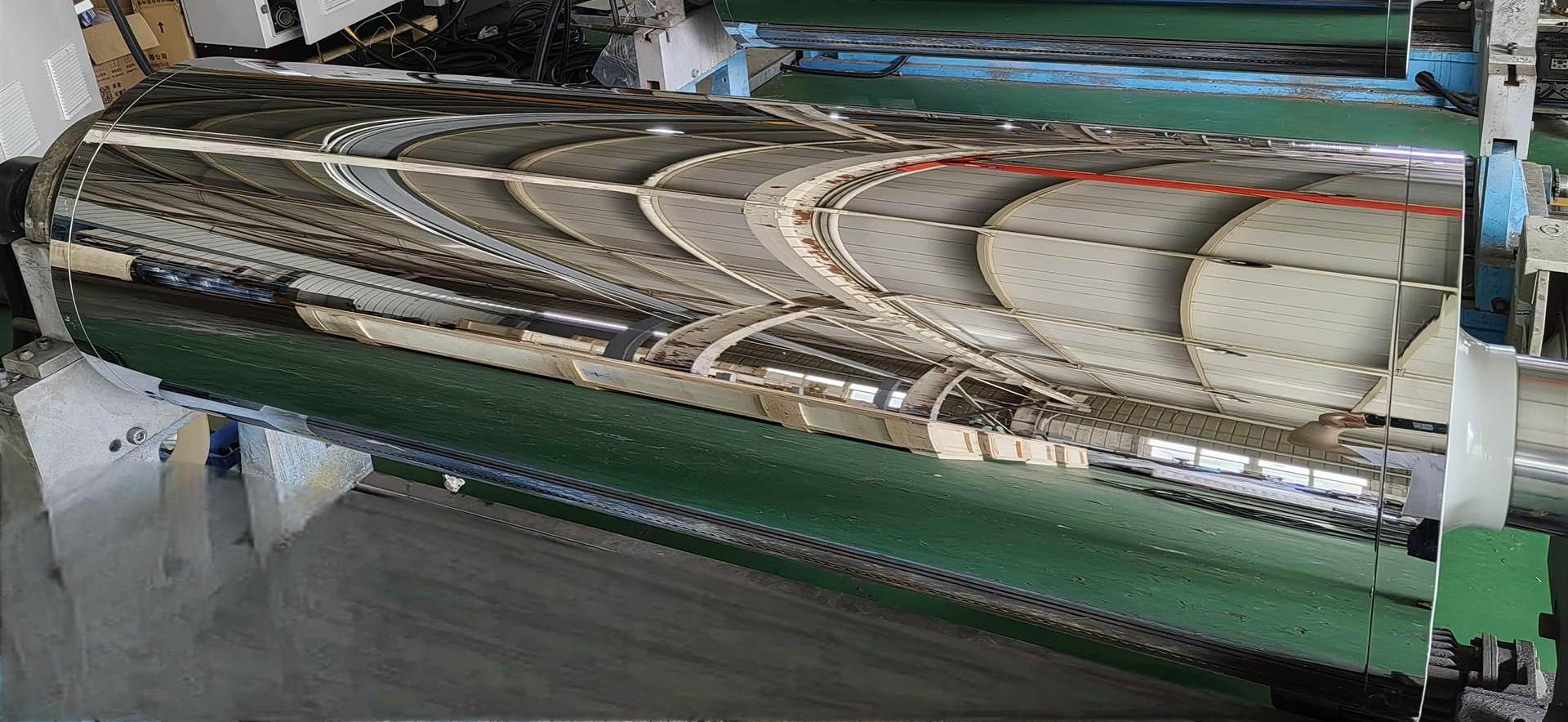
Material Selection
Material selection for Electromagnetic Induction Heating Rolls includes high-grade forging alloy steels like 42GrMo4, 38GrMoAl, 40Cr, 34CrNiMo6, 60CrNi, and 9Cr3Mo. These materials undergo precise heat treatment. Processes involve quenching and stress relief. The heating roller features a uniformly thick inner wall. Deep quenching achieves an outer surface hardness of HRC 50-58.
Manufacturing precision for Electromagnetic Induction Heating Rolls is critical. Roller body surface temperature is uniform, with temperature difference controlled within ≦±1℃. Thermal deformation remains under 0.01mm at 20℃. Straightness, runout, and coaxiality are maintained at a maximum of ≦0.002mm.
Surface treatment options for the roller body are diverse. An imported formula provides meticulous hard chrome plating with strong bonding force. Customization is available per customer requirements. Choices include fluorine coating or mirror treatment. For extreme surface hardness, nano thermal spraying can be applied to the Electromagnetic Induction Heating Roll surface. This achieves a surface hardness of HRC ≥ 68.
Electromagnetic Induction Heating Rolls are widely used in high-temperature processes. Key applications span industries handling aviation materials, chemical fibers, and polymer materials. They are essential for special rubber compounding and new high-temperature FCCL flexible copper-clad laminate material bonding. Other uses include PTFE glass fiber filter media membrane lamination and polyimide (PI) synthesis. They facilitate carbon fiber polymer material synthesis and metal foil lamination. Processes like thermoplastic carbon fiber dip coating with CoPEEK, PPSU, PA, and PES also utilize Electromagnetic Induction Heating Rolls.
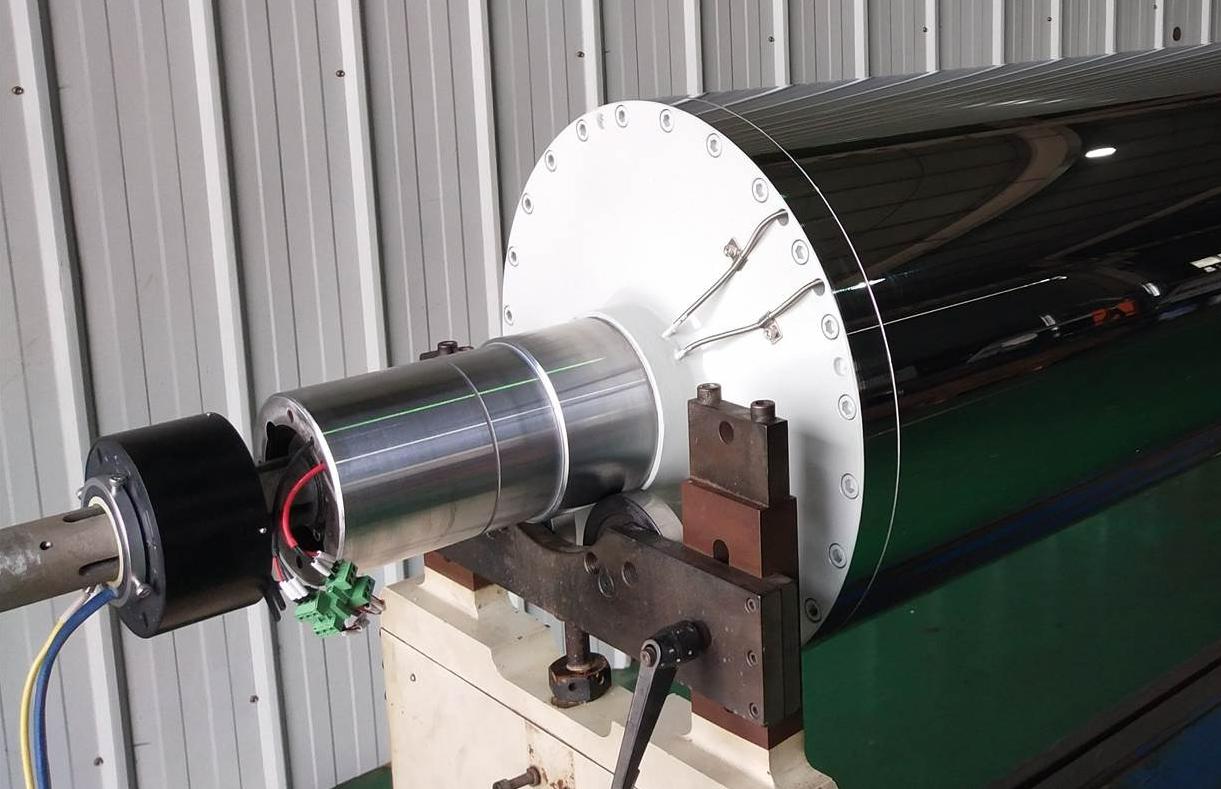
Structure
Electromagnetic Induction Heating Rolls feature relatively complex internal structures. These rolls come in two main designs to suit different production processes. They are classified as single-axis or double-axis types based on their support structure.
The single-axis design typically supports the roll body from one end only. This configuration is common in chemical fiber spinning processes. It is also used in specialized applications like plastic film drying and stretching.
Conversely, the double-axis Electromagnetic Induction Heating Roll offers broader application. It supports the roll body from both ends. This design is widely used for material calendering, pressing, and drying. It also serves processes like lamination, molding, heat-setting, and heat transfer.
Structurally, the double-axis Electromagnetic Induction Heating Roll includes several key components. These are the left end cover, the right end cover, and the inner heating coil. A temperature measuring device is also integrated.
Internally, the core structure of any Electromagnetic Induction Heating Roll is consistent. It comprises a metal roller body and a central support shaft. An induction coil generates the necessary heat. A temperature sensor provides precise thermal control.
The Electromagnetic Induction Heating Roll provides efficient, targeted heating. Its adaptability makes it essential for diverse industrial thermal processes.
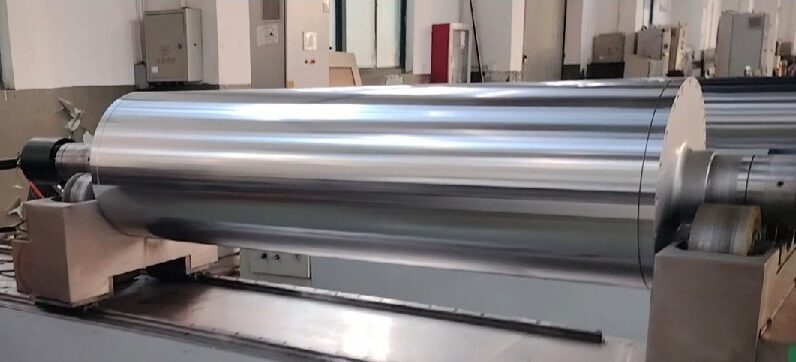
Parameters
| Roller Dimensions | external diameter | Φ100mm-Φ1500mm |
| Length of roll surface | 300mm-3000mm | |
| Temperature ranges | Temperature setting range 50-500°C | |
| Temperature distribution accuracy ±1 | ||
| Linear pressure 10-260kg/cm | ||
| Surface treatment | Hard chrome plated, mirror/super mirror | |
| Mechanical specifications | Linear speed max5000m/min | |
| Full runout ±0.01mm (on request) | ||
Comparison of the Performance
| Comparative factors | Thermal oil roller | Electrically heated roller | Steam heated roller | Electromagnetic roller |
| Mediums for heating | thermal oil | electric heating wire | thermal steam | electromagnetic fields |
| Thermal energy utilization(η) | 60% | 80% | 75% | 95% |
| Maximum temperature of roll surface ℃ | 280 | 350 | 180 | 420 |
| Temperature uniformity of the roll surface ℃ | ±4 | ±20 | ±10 | ±1 |
| Temperature control accuracy ℃ | ±3 | ±10 | ±5 | ±0.05 |
| heating speed | slowly | slowly | slowly | quickly |
| working environment | oil contaminated | cleaner | cleaner | Clean, non-polluting |
| Production Hazards | Thermal oil leakage, flammable | Dangerous and easy to leak | Need to install a boiler, prone to leaks | No leakage, no direct contact with electricity, safe |
| Post Maintenance | Complicated disassembly | Easier maintenance | Complicated disassembly | No leakage, no direct contact with electricity, safe |
| operational performance | Oil line easily clogged, coking | Operation is harder to control | Prone to air leaks and scaling | Human-machine interface, visualization |
| Useful life (years) | 3-5 years | 3-4 years | 4-6 years | More than 10 years |
| Equipment cost | inexpensive | inexpensive | inexpensive | Higher cost |

